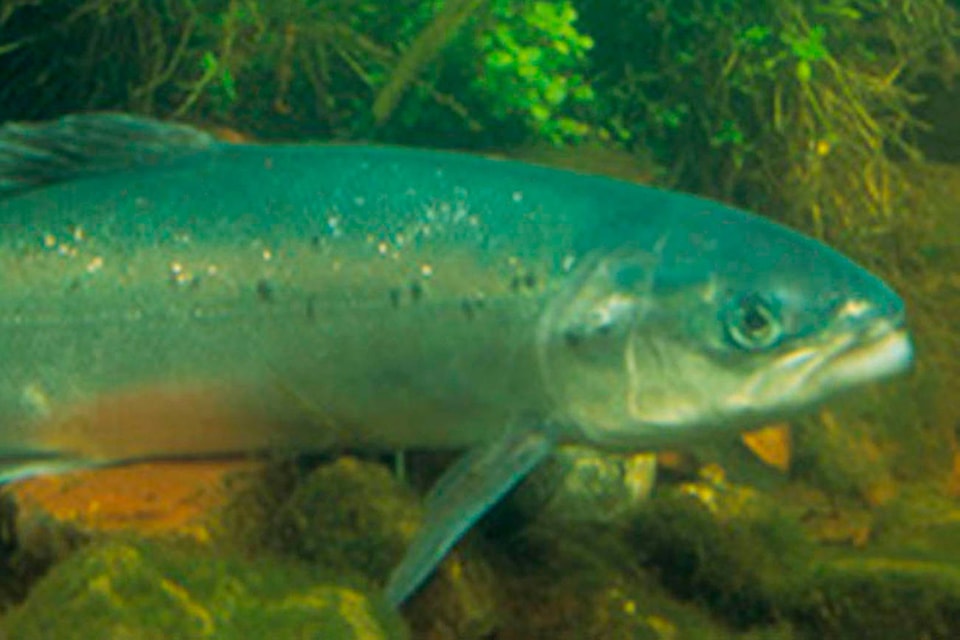The year was approximately 1984. Three Taiwanese fishing vessels had arrived in the North Pacific, the Kuroshio, or Japanese warm current, far off Japan’s shores.
The current was rich in schools of plankton, shrimp and herring, but the ships were bent on taking large amounts of salmon, tuna, mackerel and ground fish.
Long lining with up to a mile of line and hooks was common and word spread about the abundance of fish being taken.
It wasn’t long before government agencies, including agencies from Japan, the U.S. Fish and Wildlife Service, Coast Guard and DFO devised an undercover operation to monitor the situation. The vessels and their catches were seized and the Taiwanese millionaire owner was heavily fined.
Our five species of salmon enter the ocean as smolts that are between three and five inches long. Seal poop tested in a marine survival project in the Salish Sea revealed 40 per cent of juvenile chinook and 47 per cent of coho are consumed by seals, let alone other predators.
The salmon migrate up to 1,500 kilometres up the B. C./ Alaska coast, many feeding and rearing up to three years off the rich, warm Japanese current.
Related: Trees planted farther north in BC part of changes to forestry
On returning, Alaska fishermen harvest Canadian salmon and halibut in abundance before the fish enter B.C. rivers to spawn.
It was March 11, 2011 when the Fukushima nuclear power plant failed due to an earthquake, spewing radiation into the sea.
Because our Canadian salmon consume the abundant food sources affected by the disaster, could they in turn be carrying or be contaminated by radiation?
Jay Cullen, oceanographer/chemical engineer at UVic is leading a study on marine radioactivity off the B.C. coast. Although studies show there will be a continuous radiation plume coming toward B. C., testing of 156 salmon indicated that eight showed signs of cesium-137 and one fish was slightly positive.
That was from Okanagan Lake in 2015. Testing in 2016 showed one sockeye from Sprout Lake on Vancouver Island had minimal traces of cesium-137.
It appears our salmon, halibut and sole are healthy for humans to enjoy them as table fare or for canning.
The biggest concern is plastic pollution the migrating salmon are exposed to. In the Pacific Ocean, 5.25 trillion tiny particles of plastic were found equaling 269,000 tons.
It’s a tough life being a salmon, or other sea life for that matter – all because we humans disregard the Earth and nature as the good Lord provided.
@SalmonArm
newsroom@saobserver.net
Like us on Facebook and follow us on Twitter
